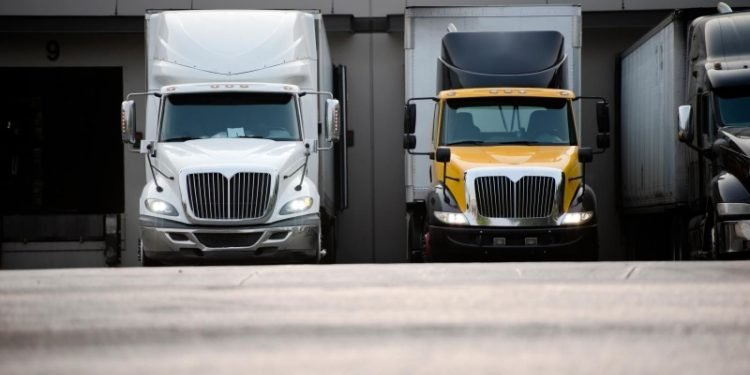By Maria Kalamatas | August 5, 2025
Chicago, August 5 — If freight demand is down, you wouldn’t know it by looking at construction sites behind several midwestern terminals.
Over the past three months, at least four major LTL (less-than-truckload) carriers in the U.S. and Canada have quietly expanded their operations — building new docks, widening yards, or adding night shift capacity.
“It’s counterintuitive,” said a regional manager with one of the top-five LTL companies. “But we’re not investing for Q3. We’re investing for Q3 next year.”
Playing the long game
Freight volumes across North America have softened since the peak of 2022. Spot rates have cooled. Diesel prices have crept up. Some shippers are moving back to just-in-time models.
But LTL operators — who move partial truckloads between regional terminals — seem unfazed. They’re adding terminals in secondary cities, upgrading sorting systems, and extending driver recruitment programs.
“This is how we prepare for a rebound,” said a fleet supervisor in Toledo. “You don’t wait for freight to spike. You get ready, and when it does, you’re already moving.”
Demand may be quiet, but it’s shifting
Industry analysts point to a more fragmented shipping landscape. Small and mid-sized businesses are shipping in smaller lots. Large retailers are splitting their distribution centers. Urban deliveries are rising. And all of this favors networks that don’t need a full truck to move goods efficiently.
“E-commerce didn’t go away,” noted a senior consultant at a Chicago logistics think tank. “It just changed shape — and LTL carriers are adjusting to that shape.”
Risks and realism
This isn’t blind optimism. Most of the new capacity is modular or flexible. Carriers are building with scale in mind but keeping costs low. No one wants to repeat the overextensions of 2019.
Labor remains a concern. So does equipment availability. And regional regulations are evolving fast, especially on emissions and truck routing in California and New York.
Still, those building now believe the risk is worth it.
“When things turn,” said a dispatcher in Ontario, “you won’t have time to build. You’ll need to move.”
Quiet confidence
Unlike the big integrators or high-profile tech-forward startups, traditional LTL carriers don’t usually make headlines. But in this cycle, their slow build-up might give them the upper hand.
They aren’t shouting. They’re preparing.
And in logistics, preparation is the loudest signal of all.























